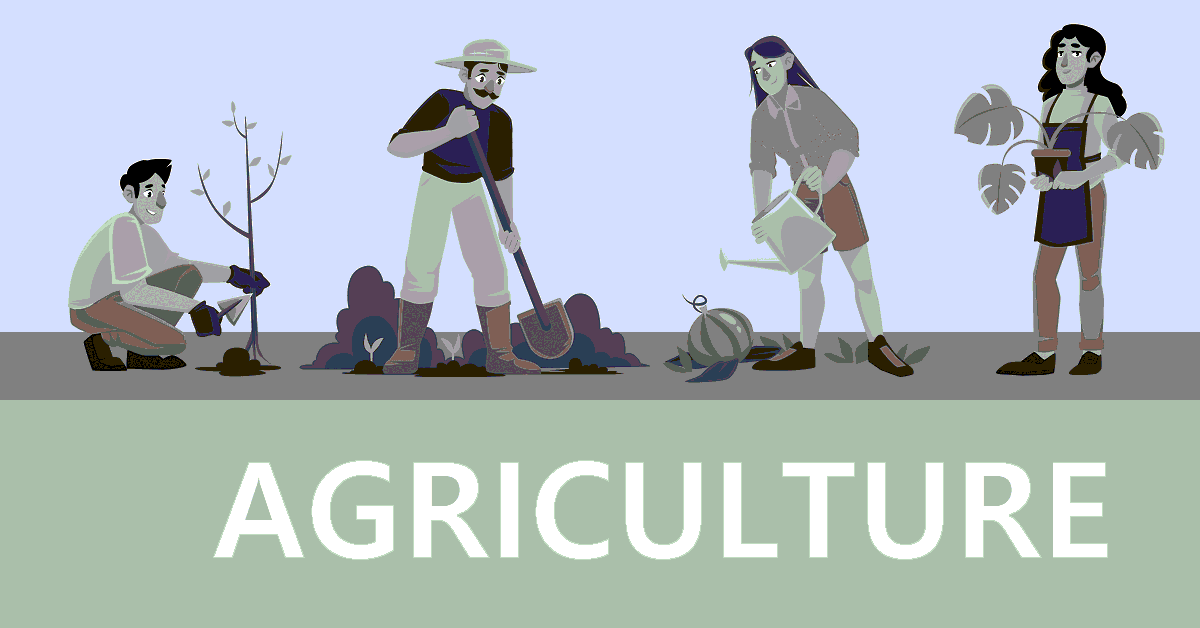
The Mayan civilization was one of the most advanced civilizations in the pre-Columbian era, and their agricultural techniques played a key role in their societal resilience. Despite living in a challenging environment with frequent droughts and harsh weather conditions, the Mayans were able to sustain their society for over 1000 years through their innovative agricultural practices.
Advanced Agricultural Techniques Used by the Mayans
The Mayans were masters of terracing and irrigation, using these techniques to maximize crop production and ensure food security. Terracings were built on steep slopes to prevent soil erosion and to create more usable farmland. The Mayans also used sophisticated irrigation systems to channel water to their crops, allowing them to grow crops even during dry spells.
Another key aspect of Mayan agriculture was their use of companion planting. The Mayans planted crops together in ways that benefited each other, such as planting beans with maize to provide the beans with a trellis to climb. This type of intercropping helped to maximize the use of available land and provided a more diverse and nutritious diet for the population.
Food Security and Sustained Population
A case study of the Mayan city of Copan revealed that their advanced agricultural techniques allowed for year-round crop production and sustained the city's population for over 700 years. This demonstrates the effectiveness of the Mayans' agricultural practices in ensuring food security and supporting a large population.
"The Mayans' advanced agricultural techniques allowed for year-round crop production and sustained the city's population for over 700 years, demonstrating the effectiveness of their practices in ensuring food security and supporting a large population."
In addition to the food security benefits, the Mayans' agricultural practices also allowed them to create surpluses that could be traded with other communities. This allowed the Mayans to build strong economic and political relationships, contributing to their resilience as a society.
Impact on the Environment
The Mayans' advanced agricultural techniques allowed them to maintain a stable food supply, but their farming practices also had some negative impacts on the environment. Deforestation was a common issue as the Mayans cleared land for agriculture and used wood for fuel and construction. This led to soil erosion and the loss of valuable topsoil.
In addition, the Mayans' use of terracing and irrigation systems altered the local hydrology and disrupted the natural water flow. This could lead to water shortages in downstream areas and could also cause soil salinization.
Despite these negative impacts, the Mayans did use sustainable farming practices such as crop rotation and fallow periods to conserve the soil and prevent soil depletion. They also developed terracing systems that reduced soil erosion and conserved the soil. These practices show that the Mayans were aware of the impacts their agriculture was having on the environment and took steps to minimize the harm.
Conclusion
In conclusion, the Mayan civilization was one of the most advanced civilizations in the pre-Columbian era, and their agricultural practices were a key factor in their societal resilience. The Mayans' use of terracing, irrigation, companion planting, and other sustainable farming practices allowed them to ensure food security and support a large population for over 1000 years. While the Mayans did have some negative impacts on their environment, their advanced agricultural techniques demonstrate their innovative and sustainable approach to agriculture.
Agricultural Science

